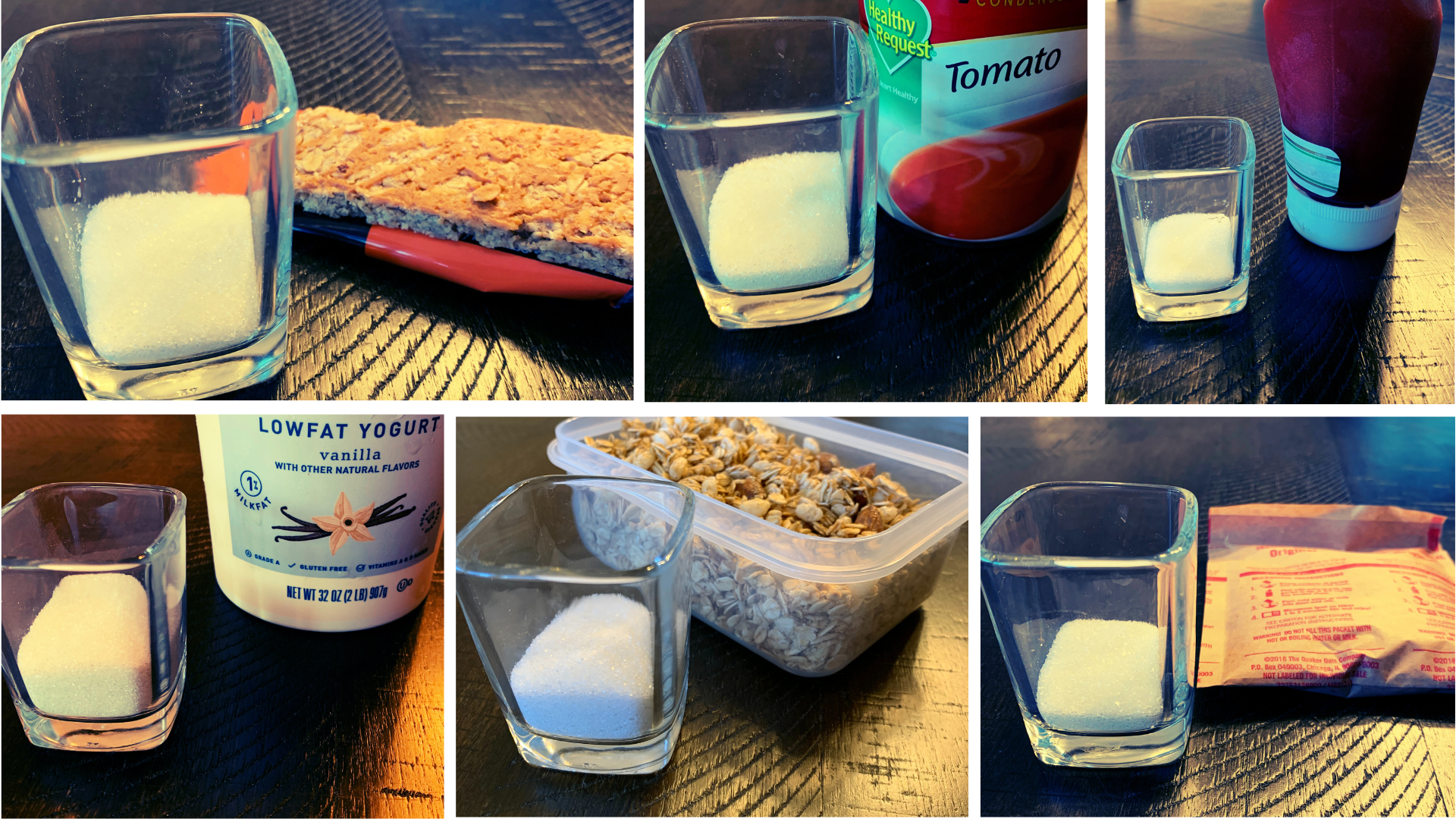
In the United States, 41% of children and adolescents are overweight or obese. These numbers are higher among Hispanic and non-Hispanic Black children and adolescents. Children with obesity are more likely to have immediate health risks including high blood pressure, high cholesterol, impaired glucose tolerance, cardiovascular disease and Type 2 diabetes. Anxiety, depression and social concerns are also more likely in children and adolescents with obesity.
Deanna Schweighardt, RDN, CDCES, Nutrition Counseling Services at Cooperman Barnabas Medical Center, shares information to help your child reduce added sugars from their diet and get back to nature with a healthy diet.
All Natural
Foods in their natural form are the most nutrient dense, providing essential vitamins and minerals. "For example, it is healthier to eat a fresh apple that contains skin. When we turn the apple into applesauce, we lose the skin which reduced the fiber intake. When an apple is turned into juice it rapidly turns to sugar in our body," explains Ms. Schweighardt.
A healthy diet includes a balance of vegetables, fruits, whole grains, protein such as meat or fish and dairy. When it comes to mealtime, Ms. Schweighardt recommends you fill half your plate with salad or veggies and a quarter of your plate with a protein rich food equaling the size of the palm of your hand. The final of your plate should contain whole grains equaling the size of your fist. Whole grains include brown rice, quinoa, couscous, lentils and beans. Complement the meal with a sweet dessert such as a yogurt parfait with fresh fruit. This is a great way to add calcium and fiber into your child’s diet.
About 65% of a child’s body is made up of water. Water should be replenished on a daily basis by consuming plenty of water throughout the day. Many children confuse hunger for thirst. Make sure your child is well hydrated throughout the day.
Cutting Back on Added Sugars
Ms. Schweighardt reminds parents that added sugar provide empty calories. As a result, she recommends that less than 10% of daily calories should come from added sugars.
Younger children should have no more than 7-8 teaspoons of added sugar a day (30-45 grams). Older children should have no more than 9-14 teaspoons of added sugar a day (36-56 grams). As a reference, one can of soda has 39 grams of added sugar, approximately 10 teaspoons.
The best way to reduce added sugars is to read food labels. To help you make informed choices, added sugars are now easy to identify because they are listed on the Nutrition Facts Labels.

Here is a list of the most common food with added sugar:
- Sugar Sweetened Beverages (soda, lemonade, iced tea, fruit punch, energy drinks)
- Sweetened Cereals
- Candy and Chocolate
- Ice Cream
- Cookies, Cakes and Pastries
- BBQ Sauce
- Ketchup
- Pasta Sauce
Sugar Shockers
There are also foods that parents and children may deem “healthy,” but are surprised to learn contain added sugars. Again, Ms. Schweighardt encourages you to check food labels to find the lowest sugar content.
Foods with a surprising count of added sugars, include:
- Flavored Yogurt
- Toaster Pastry
- Instant Oatmeal
- Oat Bran Cereal
- Sweetened Shredded Wheat Cereal
- Tomato Soup
- Cereal Bars
Our team of registered dietitians offers individualized and group nutrition counseling programs for those struggling with a medical condition or who want to take an active role in their health and well-being. To learn more about Nutrition Counseling Services or make an appointment, please call 973-322-7007 or visit our website.